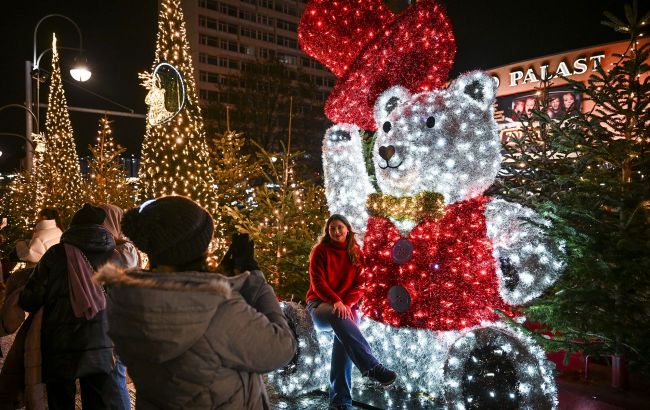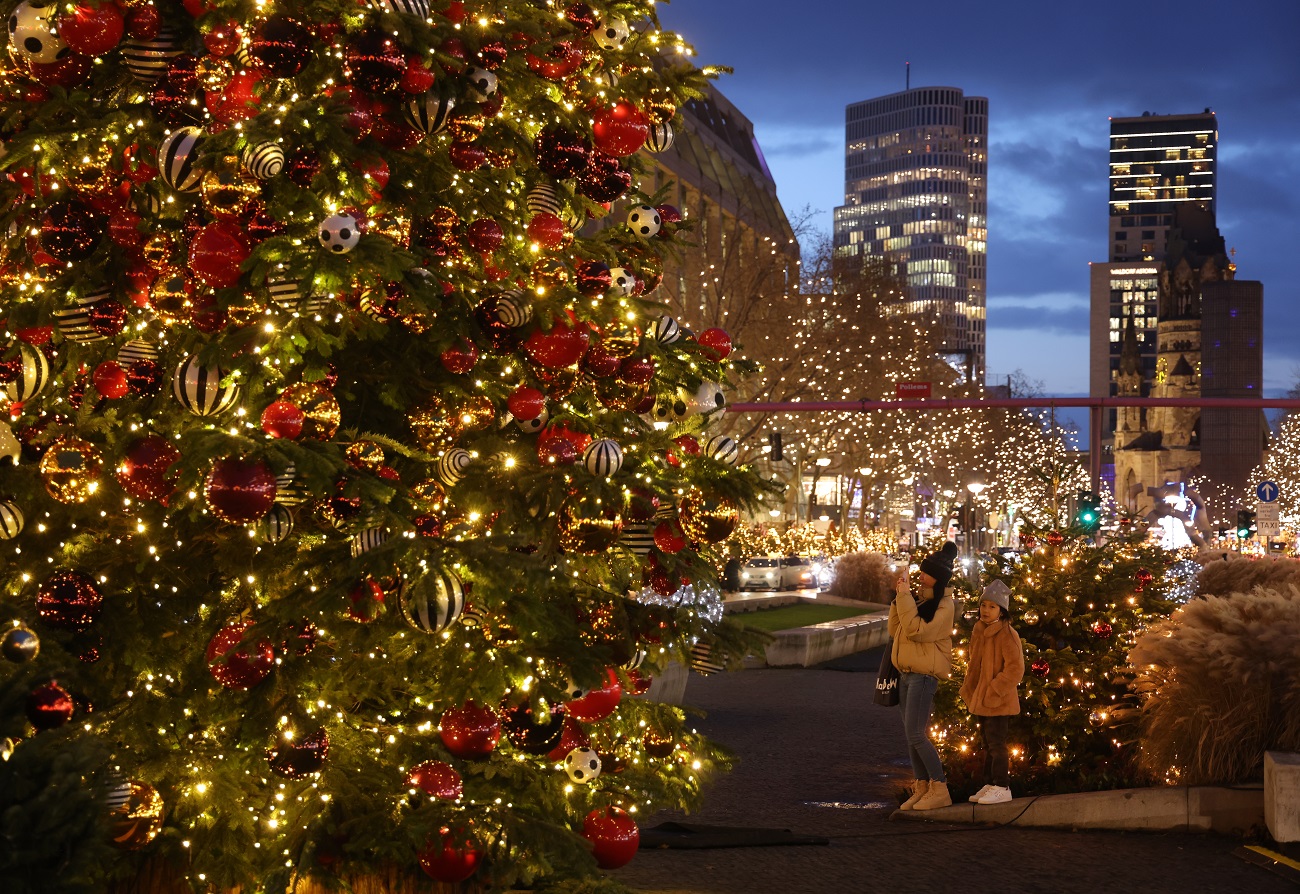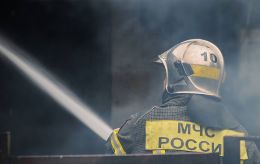New Year's Eve celebrating in Germany: Unique customs and festive table
 Photo: New Year's holidays in Germany (gettyimages.com)
Photo: New Year's holidays in Germany (gettyimages.com)
New Year in Europe, although not as significant a holiday as Christmas, is still celebrated with enthusiasm. Germany has its unique customs and traditions for this night.
More about the festivities the Germans arrange, what they prepare for the festive table, and what gifts they give, according to ukrainianingermany.de.
New Year – a holiday of loud celebrations
New Year in Germany is celebrated brightly. Many Germans don't stay at home on this night but gather in city squares, streets, restaurants, or bars. Musical shows, theatrical performances, and folk festivities usually mark the last day.
The arrival of the new year is celebrated with fireworks, firecrackers, and poppers. The most spectacular ones can be seen near the Brandenburg Gate in Berlin.
Celebrating the New Year with noise and joy is a tradition associated with medieval beliefs about expelling evil spirits. In Germany, December 31 is called Silvester in honor of Pope Sylvester I, who died on December 31, 335 AD.
Germans wish each other a "good entry into the new year," at midnight, clinking champagne glasses, they shout, "May everything succeed in the new year."
During the New Year, every city shines with bright holiday lights decorated with wreaths, garlands, and ornaments. Not only restaurants and public buildings are decorated, but Germans also adorn their homes. A Christmas tree is a mandatory attribute.

Photo: Christmas decorations in Berlin (gettyimages.com)
Where to celebrate the New Year in Germany
New Year celebrations in German cities vary, and each has its traditions. In Berlin, the main New Year celebration occurs in the open air in the city center near the Brandenburg Gate. It is one of the largest celebrations in the country and the world, attracting over 1 million tourists every year. Musical shows are organized there, and along 17 June Street, a "culinary mile" is set up. At midnight, the sky is lit up with fireworks.
In Hamburg, New Year celebrations are organized throughout the city. People gather on the Elbe promenade, the port, and the famous Reeperbahn street in the St. Pauli district.
In Dresden, the celebration is organized on Theaterplatz square. In Frankfurt and Cologne, the main places to celebrate the New Year are the banks of the Main and Rhine rivers. In Munich, many people gather on Theresienwiese meadow. On the island of Sylt, where military ships are prohibited due to straw roofs on local buildings, celebrations are accompanied by concerts and beach parties.
It should be noted that different regions of Germany have different rules for launching fireworks. The allowed time is limited from December 31 to January 1. Fireworks are prohibited near certain structures, such as hospitals, churches, and fire-prone buildings. Violations can result in fines of up to 50,000 euros.
Unique traditions and symbolic gifts
In many German cities, New Year's carnivals can be seen. People dress in festive costumes, stroll through the town, and greet each other with congratulations.
Germany has a unique tradition of predicting the New Year on lead. Melted metal is poured into water, and the hardened figures symbolize something from the future. There is also a tradition of jumping off chairs or tables in the last seconds before midnight, joyfully greeting each other with the arrival of the new year.
The main gifts in Germany are given at Christmas, and on New Year's Eve, it is customary to exchange small souvenirs symbolizing good luck. These gifts symbolize happiness, prosperity, and success in the new year.

Candy symbols of good luck for the New Year (pixabay.com)
Among such popular souvenirs are marzipan candies in the shape of a piglet, horseshoes, and four-leaf clovers. Also, a chimney sweep is considered an auspicious symbol in Germany. Those who meet it on New Year's night will have luck throughout the following year. Tying the chimney sweep on a button or getting dirty with soot brings great luck.
What is placed on the New Year's table in Germany
During the New Year celebrations in German families, champagne is a must on the table, symbolizing joy. Locally produced champagne, Sekt, can also be drunk on New Year's Eve. Germans also drink traditional drinks on New Year's Eve - beer, punch, and Glühwein, a hot mulled wine.
The main dish of the New Year's table is a symbol of wealth and prosperity: baked carp or salmon, pork dishes. In the Rhine region, goose is traditionally served, but in some areas, people avoid cooking poultry because they believe that "luck will fly away."

Photo: Traditional stollen pastry (pixabay.com)/
As for desserts on German tables, traditional stollen, baumkuchen, gingerbread houses, baked apples with honey, marzipan, and nuts are served.
In Germany, festive winter events attract millions of tourists. This year, visitors are reporting a significant increase in prices there.

